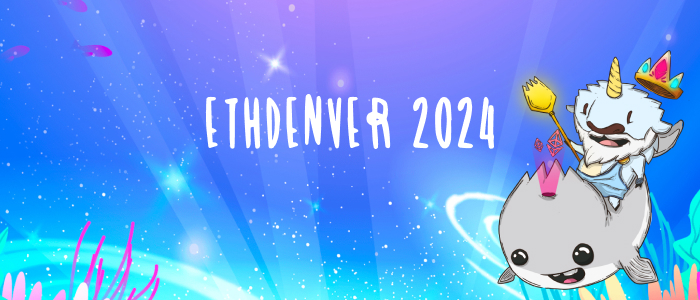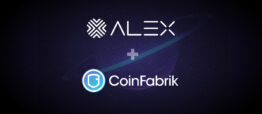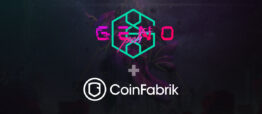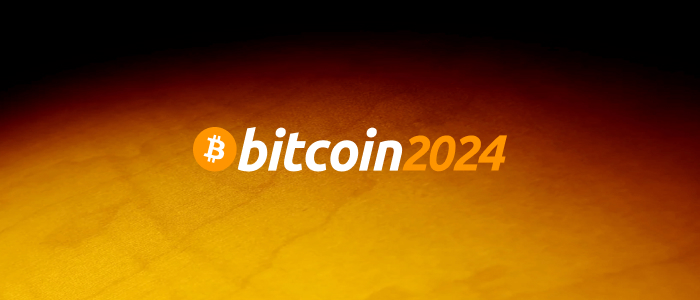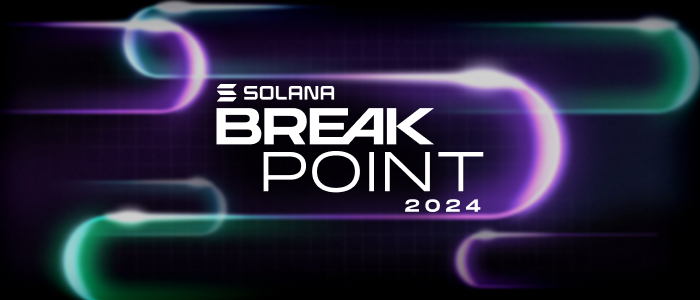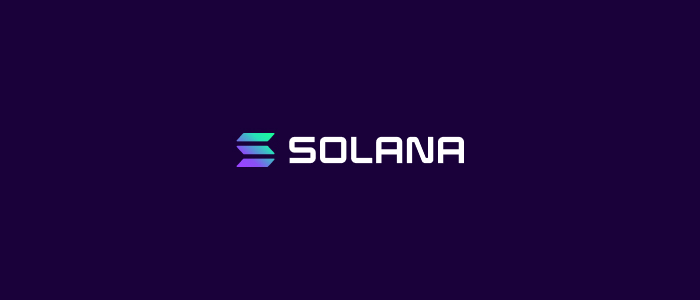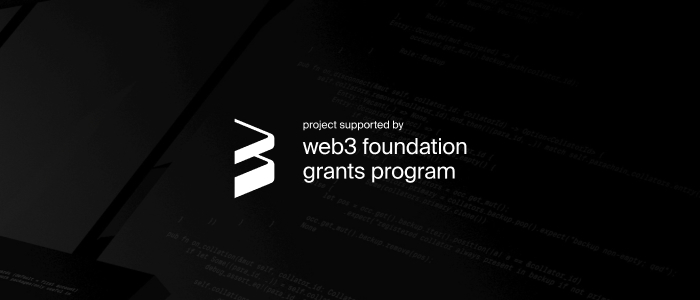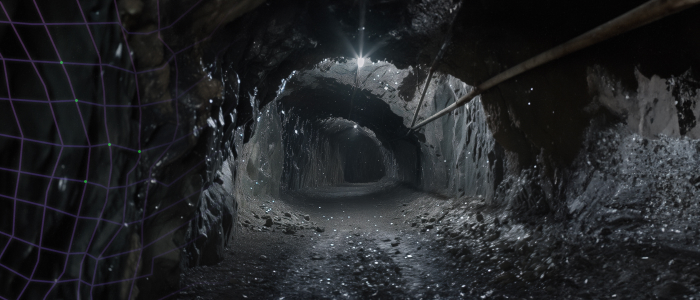The tokenization of RWA (Real-World Assets) has definitely been one of the top 3 topics on last year’s blockchain agenda. In other crypto cycles this topic was raised via security tokens.
This process entails the digital representation of physical assets on the blockchain, providing a bridge between the tangible and digital worlds, and on this note, we at CoinFabrik are noticing that projects are increasingly exploring the creation of digital tokens that represent a real stake in the untapped value of in-ground elements such as Gold and Lithium.
There is also a broader definition of RWA which also includes intangibles such as financial contracts and intellectual property, among others.
Gold has been the foundation of financial systems for ages, valued for its rarity and durability. Lithium, on the other hand, has emerged as a critical component in modern technology, primarily due to its role in lithium-ion batteries that power electric vehicles (EVs), portable electronics, and storage solutions for renewable energy.
In the context of RWA (Real-World Assets), in-ground reserves of precious resources represent a tangible but yet-to-be-realized value, so it’s no shock that companies and projects are starting to explore opportunities like these, seeking to capitalize on the value.
But as they say, nothing great comes easy, and the process of mining and extracting these elements is capital-intensive and fraught with environmental and regulatory challenges, among others.
Regulations²
When it comes to regulations, there are two different aspects to consider. Firstly, traditional mining regulations exist to ensure environmental conservation, worker safety, and respect for local communities. These laws vary across countries and they are crucial for any operation that aims to extract and capitalize on underground resources.
On the blockchain side, when it comes to tokenizing these in-ground assets, we’re looking at a whole different regulatory landscape. This involves securities law because you’re essentially offering investors a share in the asset’s future value through digital tokens. And, of course, it also depends on the approach each nation takes towards both cryptocurrency and securities regulation. The truth is projects need to very carefully navigate registration, disclosure, and compliance to fit within the legal framework.
Balancing these two arenas might be the most challenging part of the entire process, but it’s critical for anyone who wants to successfully tokenize real-world assets.
And on the same note, when it comes to maintaining regulatory compliance, KYC and KYB play a main role by ensuring legal compliance and operational transparency.
KYC involves gathering personal details from investors, while KYB focuses on verifying the legal standing and ownership of business entities, and the end goal of both of these methods is to confirm the identities of individual investors and businesses involved and to prevent financial crimes such as money laundering.
Besides the legal reasons, these procedures are also important for building trust and ensuring the longevity of the project.
Choosing the Right L1 or L2
Touching on the technology aspect, the first and most important decision that needs to be made is what blockchain the project will run on. This choice impacts scalability, security, and user experience directly.
The decision makers need to balance technical performance with operational costs and user engagement, and they better nail this choice because it affects pretty much everything down the line.
Ethereum is one of the most obvious choices, but it doesn’t come without its challenges, namely scalability and transaction fees. At the same time, it hosts some of the top projects in the tokenization space and it has become the standard for serious, regulated, and high-stakes financial applications. Blockchain Capital (BCAP) and Spice VC (SPICE) serve as good examples of projects tokenizing RWA on Ethereum.
But going back to the scalability aspect, Layer 2 solutions like Polygon come into play to address this issue, while not having to compromise on security by inheriting Ethereum’s robust base layer. This was the choice of Franklin Templeton, Siemens, Courtyard and many others.
Stellar is another blockchain that’s tuned for asset tokenization. It’s built to be efficient and not too hard on energy use, which could be a plus for projects keeping an eye on sustainability. But projects don’t necessarily need to marry one blockchain only: look at Ondo: their tokenized versions of RWA are on Ethereum, Solana, Polygon, etc. And Securitize and Agrotoken are also a great example since they are blockchain agnostic.
All in all, there are two things that are non-negotiable for projects dealing with millions (or billions) of dollars in assets, and those are security and reliability. This is why it doesn’t come as a surprise that, for many projects, Ethereum (whether it’s the base layer or any of its L2s) remains the go-to platform for projects requiring a proven, secure, and regulatory-compliant foundation.
How to Master Tokenization of RWA
For projects tokenizing real-world assets on blockchains, the complexity is multifaceted and it extends beyond just the technology stack. There are several critical aspects to consider:
Processes: Starting with onboarding, the way users and stakeholders are integrated into the system matters for both regulatory compliance and user experience.
Architecture: The technical structure involves smart contracts for self-executing legal agreements, tokens for representing asset ownership, NFTs for unique asset representation, DAOs for decentralized governance, oracles for real-world data integration, and stablecoins for reducing volatility in transactions.
Security: This includes custody solutions to safely store digital assets, and auditing practices to ensure that the code governing these assets is secure and functions as intended. Multi-party computation is a must.
Fintech: Integration with existing financial services is key, such as offering credit and debit card support and working with Payment Service Providers (PSPs) for fiat transactions.
Back-office: The operational side needs to handle administration, compliance, and all the behind-the-scenes processes that keep the project running smoothly.
Front-end: User interfaces have to be intuitive and engaging, and allow for easy interaction with the platform without a steep learning curve.
Critical Issues: These projects must consider their interaction with decentralized exchanges (DEXs) and centralized exchanges (CEXs). Security tokens cannot be listed on DEXs because such platforms can’t enforce the regulatory compliance required for securities trading. CEXs are equally constrained as they would require a license (or many) to list and allow trading of security tokens.
Markets: There’s a need to address both the primary market for issuing new tokens and the secondary market for trading existing ones, each with its own regulatory and operational challenges.
Financial structure: Structuring the investment vehicles, whether through a trust fund or private contracts, will define the legal and financial framework of the project.
All these elements are part of a delicate ecosystem where tech meets finance, and innovation has to deal with compliance and, in the end, the projects that succeed are and will be the ones that manage to balance all these components, ensuring they are properly integrated. The projects’ priority, as well as their end-goal, should always be to create a secure investment platform.
On our end, the surfacing of projects that want to push the boundaries of RWA tokenization is exactly what everyone want to see. If tokenizing in-ground elements or any RWA has caught your interest, know we are experts in this field.
